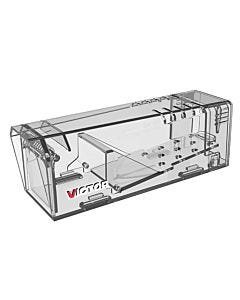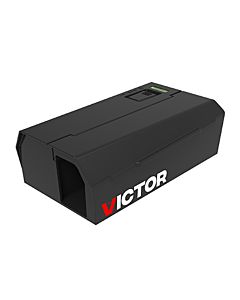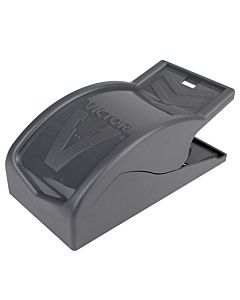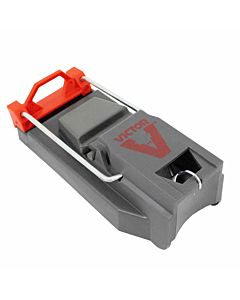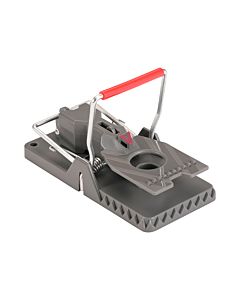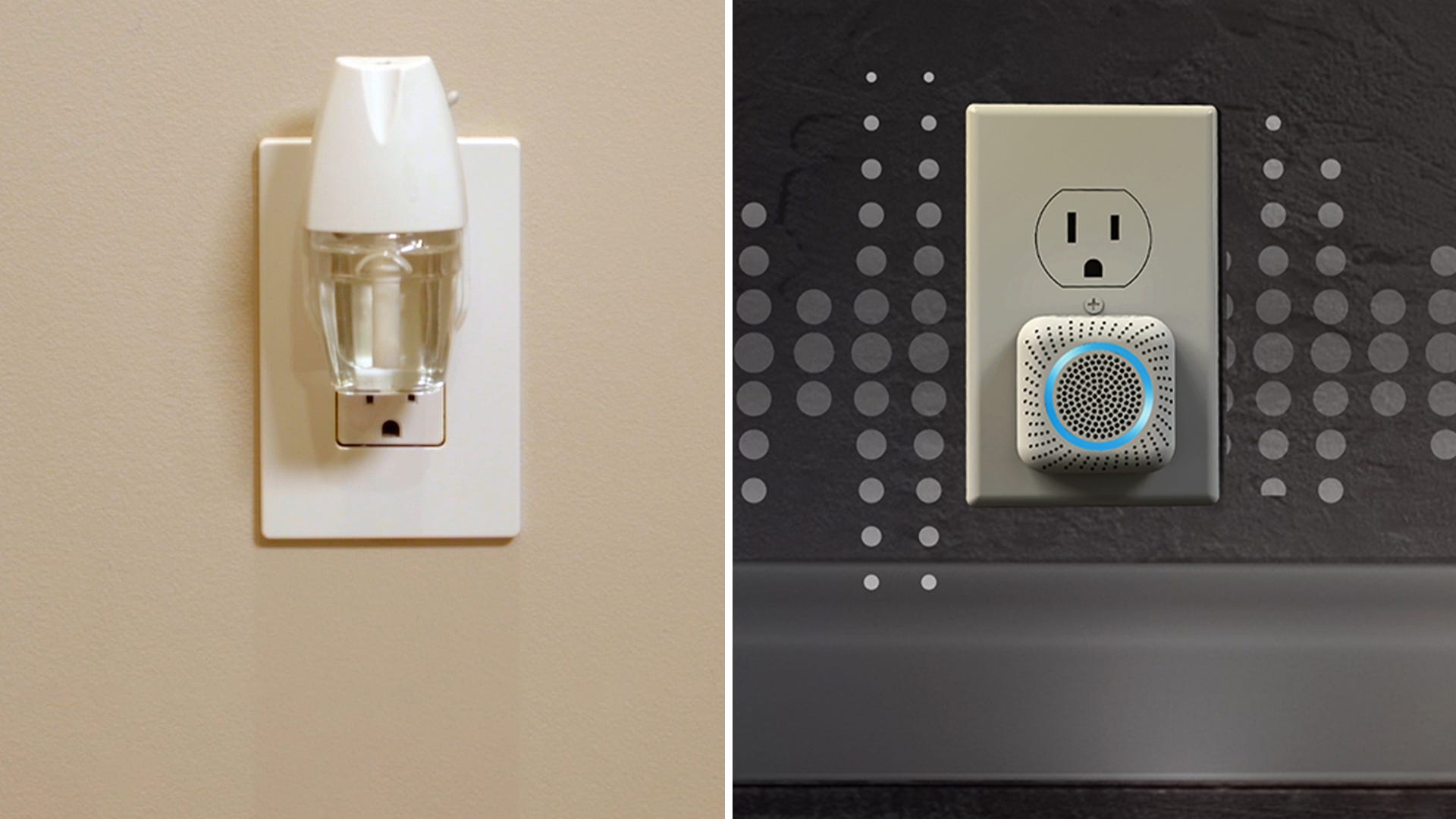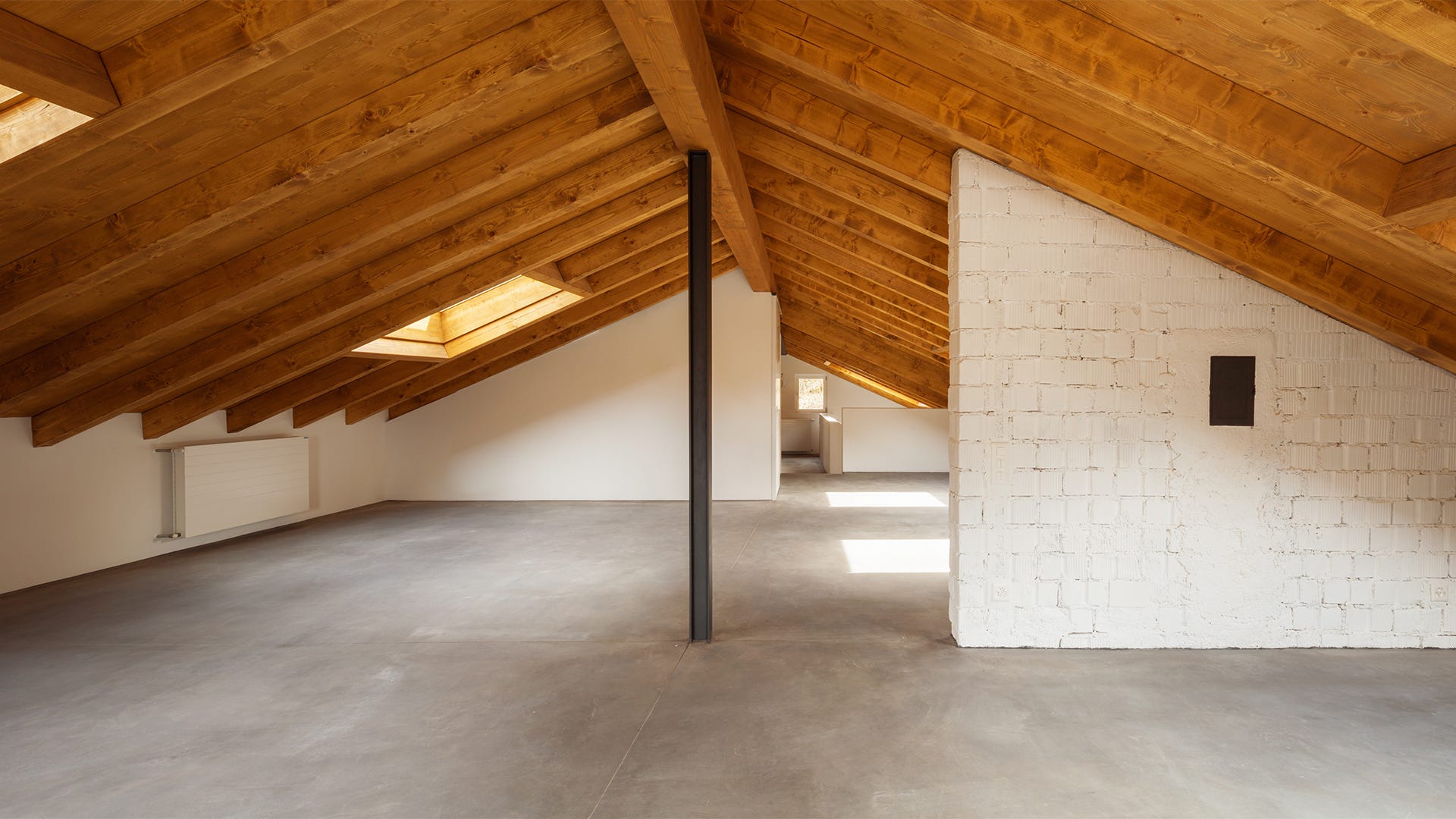
Mice love living with humans. People provide mice safety, shelter, food and warmth – everything they need to thrive. Homeowners reluctantly accept the fact that mice will target their kitchens and pantries for food, but are often surprised when they show up elsewhere in a home.
One of the most surprising is when mice find their way into ceilings and attics. Since mice are excellent climbers, these spaces are actually very common infestation sites.
What to Listen For In Your Attic and Ceiling
The first sign of mice in your ceiling or attic will be the sounds. You’ll hear the skitter of their little claws across your ceiling tiles or occasional squeaks. Gnawing and digging sounds are additional signs of an infestation. Since mice are nocturnal, these sounds will be most evident at night.
Since mice are active at night, the sounds they make inside your ceiling may be surprisingly loud. Don’t be surprised if they jolt you awake!
Upon hearing these noises and confirming they come from the ceiling or attic, it’s best to do a visual inspection of the suspect areas.
What to Look for in Your Attic and Ceiling
If you’re lucky, you have easy access to your attic and ceiling to check for a mouse invasion – many attics have staircases leading to them and some ceilings require nothing more than standing on a kitchen chair to get to them.
Other homeowners may need a ladder to reach access panels and hatches. For safety’s sake, make sure you have help holding the ladder during your investigation! Once you get to the area in question, you’ll be ready to begin your search. Here’s how:
- Attic: Whether we admit it or not, most attics are storage spaces. That means they are often dumping grounds for little-used household items. This creates a quiet area for mice to explore and nest. Look for all the typical signs of a mouse infestation – fecal pellets, stained pathways, tracks, hair, evidence of chewing and nesting material.
- Finished Attic: An attic that’s been finished may also be the site of a mouse infestation because it is still likely to see only infrequent use, leaving mice the opportunity to go about their business undisturbed. Signs include the normal mice indicators: Droppings, stains and signs of gnawing. As a finished room, the mice will need an access point, so also hunt for any openings that may allow them into the room. Remember that since mice are great climbers, they may be entering the attic from outside the home through a wall vent, window or roof space.
- Finished Ceiling: If you have a finished ceiling that doesn’t permit you to look inside, consider alternate access points to uncover your mouse problems, including light fixtures, electrical outlets and vents. By dislodging these, you may be able to see inside your ceiling and spot any mouse activity. In extreme circumstances, you can cut a small hole in the ceiling and run a snake camera inside to look for signs of rodent infestation.
- Drop Ceiling: These ceilings are relatively easy to inspect and are also favorites of mice because we rarely disturb these ceilings and they are easy for mice to travel across. To check for mice, move one panel aside and bring a flashlight to inspect the rest of the ceiling. Look for droppings, evidence of chewing damage and nesting sites.
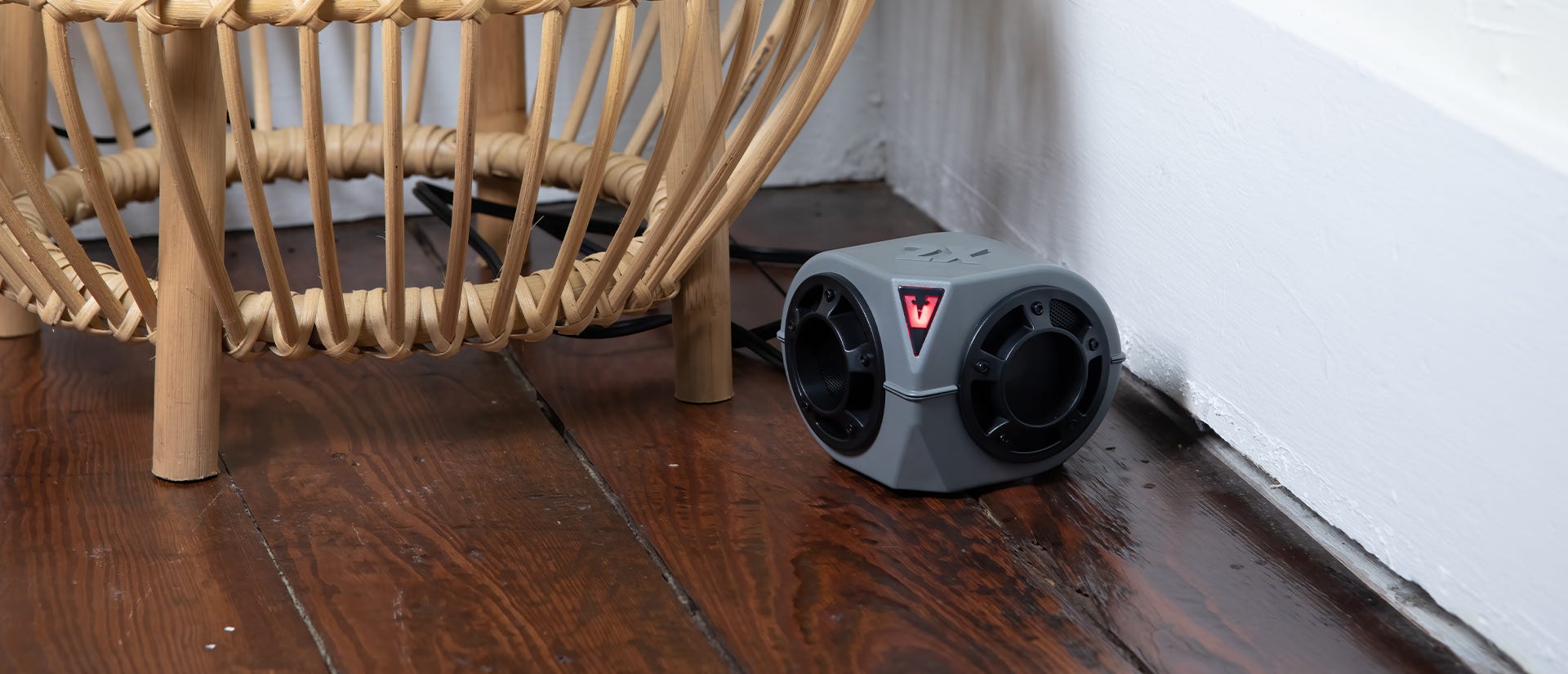
Getting Rid of Mice in the Attic
Once you’ve confirmed a mouse problem in your attic, you can begin the process of removing the unwelcome guests. Since your attic is probably infrequently used and you can likely isolate the area from pets and children, set out snap traps every three feet around the perimeter walls of the attic. Bait them with peanut butter and check the traps every day. Remove any dead mice by wearing gloves and placing them in double-bagged plastic. Continue to reset the traps every day until you are no longer catching mice.
To deter mice from returning, find any access points and seal them up. You should also invest in a mouse repellent, such as the PestChaser® Pro ultrasonic repellent, which has been proven to drive mice out of an area.
Getting Rid of Mice in the Ceiling
If your mouse problem is inside a drop ceiling, remove tiles near the perimeter of the ceiling and add Victor® Smart-Kill Wi-Fi Mouse Traps. Their low profiles make them easy to use in the tight spaces you may encounter, and the Wi-Fi design will alert you of any catches without having to check. Empty traps as you are alerted of catches
For finished ceilings, your best bet is to determine where the mice are actually gaining entrance to the inside of your home and then place outdoor traps around that area. After all, the mice need to have something to eat, so leaving the area each day is a necessity.
If your investigation doesn’t reveal any typical entry areas, then access the ceiling and add traps. Check the traps regularly for catches. After a few weeks, replace the traps with Victor’s Scent-Away™ NAtural Rodent Repeller Packs, which should keep mice from returning.
Your Solutions to a Mouse Problem
Whether you have mice in your attic, your ceiling or anywhere else, Victor® is interested in learning how you battle these frustrating rodents. Let us know your tactics when you visit Victor® on Facebook. You can also subscribe to our email newsletter for more articles and great deals on our website.

